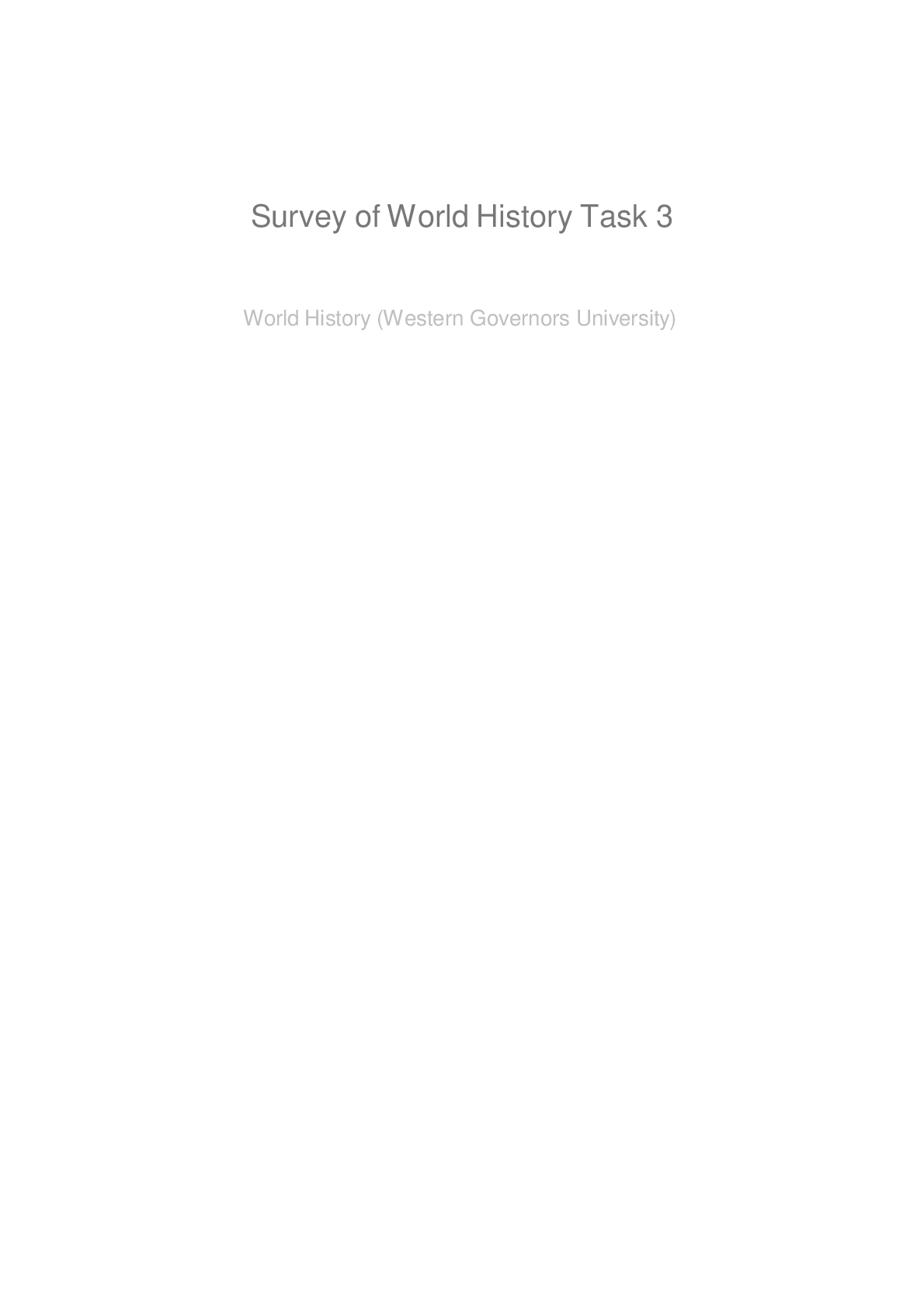Financial Accounting > Summary > HANDBOOK OF SUPPLY CHAIN MANAGEMENT: JAMES B. AYERS (All)
HANDBOOK OF SUPPLY CHAIN MANAGEMENT: JAMES B. AYERS
Document Content and Description Below
Contents Section I: Supply Chain Overview 1 Introduction to the Supply Chain.................................................. 3 1.1 Introduction ...................................................... .................................................3 1.2 Defining Supply Chains................................................................................4 1.3 Defining Supply Chain Management .........................................................7 2 Supply Chain Management — The “Right” Way ......................... 9 2.1 Supply Chain Viewpoints.............................................................................9 2.1.1 Functional............................................................................................9 2.1.2 Procurement......................................................................................10 2.1.3 Logistics............................................................................................. 11 2.1.4 Information ....................................................................................... 11 2.1.5 Business Process Reengineering ....................................................12 2.1.6 Strategic .............................................................................................12 2.2 Evidence of the Impact................................................................................13 2.2.1 Personal Computers ........................................................................13 2.2.1.1 What Observers Say — The Buzz..................................13 2.2.1.2 The Supply Chain Spin ....................................................14 2.2.2 Entertainment ...................................................................................14 2.2.2.1 One Company’s Challenge............................................. 14 2.2.2.2 The Supply Chain Spin ....................................................15 2.2.3 Adding Value Through Brands......................................................15 2.2.3.1 The Buzz on Brands..........................................................15 2.2.3.2 The Supply Chain Spin ....................................................16 2.2.4 Healthcare .........................................................................................17 2.2.4.1 What Observers Say — The Buzz...................................17 2.2.4.2 The Supply Chain Spin ................................................... 18 2.3 SCM — Defensive and Offensive Weapon.............................................. 18 3 Supply Chain Potency.................................................................. 21 3.1 The Need for Help .......................................................................................21 3.2 Potent Supply Chains................................................................................. 23 4 Evolution of Supply Chain Models ............................................. 25 4.1 Manufacturing Strategy Stages..................................................................25 4.2 The Driving Force ........................................................................................29 4.3 Supply Chain Progression ..........................................................................32 4.4 What Does It Mean?.....................................................................................34 5 Model for Competing through SCM............................................ 35 5.1 Product Life Cycle Grid ..............................................................................35 5.2 Achieving Potency in Supply Chain Redesign........................................38 5.2.1 Strategic or Not Strategic? ..............................................................38 5.2.2 Level of Impact.................................................................................40 5.3 Why Bother? ................................................................................................ 41 6 Linking the Supply Chain with the Customer ........................... 43 6.1 Specifying Supply Chain Design ...............................................................43 6.2 Effective Supply Chains ............................................................................. 44 6.3 Quality Function Deployment ...................................................................49 Section II : The Supply Chain Challenge — Five Tasks for Management Task 1: Designing Supply Chains For Strategic Advantage (Chapters 7–9) ............................................................. 55 Task 2. Implementing Collaborative Relationships (Chapters 10–13)............................................................................. 55 TASK 3. Forging Supply Chain Partnerships (Chapters 14–20)............................................................................. 56 TASK 4. Managing Supply Chain Information (Chapters 21–23)............................................................................. 57 TASK 5. Removing Cost from the Supply Chain (Chapters 24–29)............................................................................. 57 7 Supply Chains as Activity Systems ............................................. 59 7.1 Structuring the Supply Chain ....................................................................59 7.2 Case Study — Applying the Frameworks................................................60 7.2.1 Select Strategic Themes to Underpin Your Strategy ...................61 7.2.2 Define Unique Activities to Support These Streams...................63 7.2.3 Make Sure the Activities Fit Together ...........................................65 7.3 Conclusion ....................................................................................................66 8 QFD Case Study............................................................................ 69 8.1 Applying QFD at Acme...............................................................................69 8.1.1 Customer/Product Groups ............................................................71 8.1.2 Performance Factors ........................................................................71 8.1.3 Ideal Supplier ...................................................................................71 8.2 Acme’s Performance....................................................................................72 8.2.1 Competitor Comparison .................................................................72 8.2.2 Trends ................................................................................................72 8.2.3 Added Value .....................................................................................73 9 The Supply Chain and New Products ......................................... 75 10 Foundation for Supply Chain Change ....................................... 79 10.1 Promoting Change.......................................................................................80 10.1.1 Step 1: Plan........................................................................................80 10.1.2 Step 2: Do ..........................................................................................81 10.1.3 Step 3: Check.................................................................................... 81 10.1.4 Step 4: Act..........................................................................................81 10.2 Top Management Involvement..................................................................81 10.2.1 Who is Top Management? ..............................................................82 10.2.2 Keepers of the Strategy .................................................................. 83 10.2.3 Capability-Building/Strategy Shifts .............................................84 10.2.4 Portfolio Management.....................................................................84 11 Functional Roles in Supply Chain Change................................. 87 11.1 Introduction ..................................................................................................87 11.2 Designing Supply Chains For Strategic Advantage................................89 11.3 Implementing Collaborative Relationships (This Task) .........................90 11.4 Forging Supply Chain Partnerships..........................................................90 11.5 Managing Supply Chain Information.......................................................90 11.6 Making Money from the Supply Chain....................................................91 12 Supply Chain Design — A Team Framework ............................. 93 12.1 Initiatives and Projects ................................................................................93 12.1.1 Sponsorship ......................................................................................95 12.1.2 Project Phasing .................................................................................97 12.1.3 Teams at Three Levels .....................................................................97 12.2 A Methodology for Conceptual Design....................................................98 12.2.1 Task 1: Describe the As-Is Situation...............................................98 12.2.2 Task 2: Assess As-Is Strengths and Weaknesses ........................100 12.2.3 Task 3: Develop a Greenfield Vision............................................100 12.2.4 Task 4: Develop the To-Be Process...............................................101 12.2.5 Task 5: Prepare Conceptual Design and Action Plans ..............102 13 Institutionalizing Supply Chain Changes ................................ 103 13.1 The Supply Chain Function in the Organization ..................................103 13.1.1 Should There be a Supply Chain Function?...............................104 13.1.2 Basic Alternatives...........................................................................105 13.1.3 Timing Organization Change.......................................................107 13.2 Staying on Track — Performance Measures/Structure........................108 13.2.1 Measurement ..................................................................................108 13.2.2 Platform Teams at DaimlerChrysler............................................ 110 14 Motivations for Partnerships ..................................................... 113 14.1 Types of Partnerships ................................................................................ 115 14.1.1 The Vertical Partnership................................................................ 115 14.1.2 The Horizontal Partnership.......................................................... 116 14.2 Motivations for Supply Chain Partnerships .......................................... 117 14.2.1 Core Competency and the Supply Chain................................... 117 14.2.2 Traditional Model........................................................................... 119 15 Emerging Partnership Model ..................................................... 123 15.1 Introduction ................................................................................................123 15.2 New Roles For Procurement ....................................................................125 15.3 Fundamental Barriers................................................................................126 16 Planning for Partnerships........................................................... 129 16.1 A Partnership Vocabulary.........................................................................129 16.1.1 Purpose............................................................................................129 16.1.2 Direction ..........................................................................................131 16.1.3 Choice .............................................................................................131 16.2 Using the Vocabulary ................................................................................132 17 Core Competence and Partnerships........................................... 135 18 Organizing Improvement Efforts............................................... 139 18.1 Using Spheres to Segment the Supply Chain ........................................140 18.2 Defining “Spheres” ....................................................................................140 18.3 Spheres and Activity Systems ..................................................................145 19 Stage 3 Supply Chain Structure ................................................. 147 19.1 Step 1: List the Issues.................................................................................148 19.2 Step 2: Define Requirements ....................................................................149 19.3 Step 3: Structure the Effort........................................................................151 20 The Extended Enterprise TM at DaimlerChrysler....................... 153 20.1 Description of the Extended Enterprise..................................................153 20.2 Presourced Components Through a Supplier Strategy........................155 20.3 Documented Processes..............................................................................156 20.4 Risk Assessment.........................................................................................157 20.5 Product Sign-Off (PSO) .............................................................................157 21 SCM and Information Technology ............................................ 161 21.1 The Landscape............................................................................................162 21.2 Supply Chain Applications.......................................................................163 22 Topography of Supply Chain Applications .............................. 167 22.1 MRP and ERP .............................................................................................168 22.2 Specialized Applications for SCM ...........................................................172 22.2.1 SCM and APS ..................................................................172 22.2.2 MES...................................................................................173 22.2.3 Warehouse Management Systems (WMS)...................174 22.2.4 Customer Relationship Management (CRM) .............174 22.2.5 Product Data Management (PDM)...............................175 22.3 Meeting Improvement Objectives for Systems..........................176 22.3.1 Strategic Plan ...................................................................177 22.3.2 Documentation Shortcomings.......................................177 22.3.3 Modularizing the Job......................................................178 22.3.4 The “Simpler Way” .........................................................178 23 Supply-Chain Council ................................................................ 179 23.1 SCOR Model ...............................................................................................179 23.2 SCOR Application Cases...........................................................................181 23.2.1 AT&T Wireless Services .................................................182 23.2.1.1 SCOR Level 1: Basis of Competition ..........183 23.2.1.2 SCOR Level 2: Operations Analysis and Mode .......................................................184 23.2.1.3 SCOR Level 3: Performance Levels, Practices, and Systems Selection.................185 23.2.1.4 SCOR Level 4: Implementation ..................186 23.2.2 Mead Johnson Nutritionals (MJN) ...............................186 24 Cost and the Supply Chain......................................................... 189 24.1 The Allure of Cost Reduction...................................................................189 24.2 Are Cost Reductions Strategic?................................................................190 24.2.1 Conflicting Viewpoints..................................................................191 24.2.2 Strategic or Not Strategic? ............................................................192 24.3 Root Causes for Cost .................................................................................195 24.3.1 Lack of Clarity ................................................................................195 24.3.2 Variability ........................................................................................196 24.3.3 Product Design ...............................................................................197 24.3.4 Information Sharing ......................................................................197 24.3.5 Weak Links......................................................................................198 24.3.6 Unintended Consequences...........................................................199 25 Root Cause — Clarity ................................................................. 201 25.1 Introduction ................................................................................................201 25.2 Company Cost Structures .........................................................................203 25.2.1 The Starting Point (A)................................................................... 203 25.2.2 Department Costs (B) ....................................................................204 25.2.3 Improvement Categories (C)....................................................... 205 25.2.4 Allocated Costs — Roadblock to Clarity ....................................206 25.2.5 Direct Cost versus Absorption Accounting................................208 25.3 Activity-Based Cost ...................................................................................210 25.3.1 From Departments to Activities...................................................213 25.3.2 Capital Recovery (Level III)..........................................................215 25.3.2.1 Addressing Capital Recovery — The Need ............... 215 25.3.2.2 Capital Has a Cost...........................................................217 25.3.2.3 Recommended Approach ..............................................217 25.3.3 Product Costing with ABC (IV-D) .............................................. 219 25.3.3.1 Defining Activities ......................................................... 219 25.3.3.2 Cost Drivers .....................................................................221 25.3.3.3 Supply Chain Cost Map.................................................222 25.3.3.4 Paths to Supply Chain Product Costs ..........................223 25.4 Bottleneck Costs .........................................................................................224 25.5 Case Study: Cross-Company Accounting ..............................................225 25.5.1 The Cost Accounting Problem .................................................... 225 25.5.2 The SAMIS Approach ...................................................................226 26 Root Cause — Variability ........................................................... 229 26.1 Volume Variability .....................................................................................230 26.1.1 Self-Inflicted Variation...................................................................231 26.1.2 The Cost–Volume Relationship....................................................231 26.1.3 From Batch to Flow........................................................................234 26.1.3.1 The Batch World..............................................................234 26.1.3.2 The Flow World...............................................................237 26.2 Demand-Driven Supply Chain ................................................................238 26.2.1 Time Is Equal to Cost (Time Mapping).......................................239 26.2.2 Cells................................................................................................. 241 26.2.3 Agile Enterprises............................................................................244 26.2.4 Toyota Production System ............................................................245 26.2.5 Postponement................................................................................ 247 26.2.6 Demand Flow .................................................................................249 26.3 Process Variability......................................................................................250 26.3.1 Process Capability......................................................................... 250 26.3.2 Implications for SCM.....................................................................253 27 Root Cause — Design.................................................................. 257 27.1 The SCM Opportunity in Design.............................................................257 27.2 Discovery-Driven Planning......................................................................258 27.2.1 Step 1: Prepare a Reverse Income Statement .............................259 27.2.2 Step 2: Lay Out Pro Forma Functional Activity Specifications ..................................................................................259 27.2.3 Step 3: Track Assumptions............................................................260 27.2.4 Step 4: Revise the Income Statement...........................................260 27.2.5 Step 5: Test Assumptions at Milestones......................................260 27.3 Stage Gate Process .....................................................................................261 28 Root Cause — Information ......................................................... 265 28.1 The Cost of Being “Unintegrated”.......................................................... 266 28.2 Defining Integration ..................................................................................266 28.3 New Architectures .....................................................................................268 28.3.1 The Promise (and Threat) of New Technology..........................269 28.3.2 Proactive Systems ..........................................................................269 29 Root Cause — Weak Links.......................................................... 273 29.1 The Role of Links .......................................................................................273 29.2 Theory of Constraints................................................................................274 29.3 Replenishment Rules.................................................................................275 29.4 The 3C Alternative .................................................................................... 277 29.5 Collaboration ..............................................................................................278 Section III: Supply Chain Methodologies 30 Supply Chain Prestudy ............................................................... 281 30.1 Organize End Users ...................................................................................281 30.1.1 Define Market Segments...............................................................282 30.1.2 Map Products to Segments ...........................................................282 30.1.3 Identify Supply Chains .................................................................283 30.2 Describe the Supply Chain(s)...................................................................283 30.2.1 Document Physical Flow ..............................................................284 30.2.2 Document Information Flow........................................................284 30.2.3 Document Financial Flow.............................................................284 30.2.4 Document New Product Flow .....................................................285 30.3 Document Management Processes..........................................................285 30.4 Interview Executives .................................................................................285 30.4.1 Describe Customer Requirements by Segment .........................285 30.4.2 Assess Relative Strengths and Weaknesses by Segment ..........286 30.4.3 Understand Barriers ......................................................................286 30.5 Prepare Conclusions ..................................................................................286 31 Implementation Roadmap .......................................................... 287 31.1 More about Spheres ...................................................................................287 31.2 The Three Phases........................................................................................288 31.3 The Five Tasks.............................................................................................289 31.4 Crosscurrents ..............................................................................................290 31.5 Task 1 Strategy Deliverables.....................................................................291 31.5.1 Describe the As-Is Situation......................................................... 292 31.5.2 Assess As-Is Strengths and Weaknesses .....................................292 31.5.3 Develop Greenfield, or Ideal, Vision ...........................................293 31.5.4 Develop the To-Be Process............................................................294 31.5.5 Prepare Conceptual Design and Action Plans .......................... 294 31.6 Tasks 2 Through 5 Initiatives....................................................................295 31.6.1 Task 2 Collaborative Relationships Initiatives...........................295 31.6.2 Task 3 Partnership Initiatives .......................................................295 31.6.3 Task 4 Information Systems Initiatives .......................................296 31.6.4 Task 5 Cost Reduction Initiatives.................................................296 32 From Purchasing to Strategic Sourcing — A Road Map .......... 299 32.1 Why Pursue Strategic Sourcing?..............................................................299 32.2 Methodology...............................................................................................300 32.2.1 Step 1: Determine Your Spending................................................300 32.2.2 Step 2: Prioritize the Spend Categories.......................................300 32.2.3 Step 3: Form Category Teams.......................................................301 32.2.4 Step 4: Develop a Sourcing Strategy for Your Categories ..............................................................................301 32.2.5 Step 5: Perform the RFP Process and Make the Final Selection ..........................................................................301 32.2.6 Step 6: Manage the Supplier Relationship Aggressively ...................................................................................302 32.2.7 Step 7: Provide Feedback to Both Suppliers and Senior Management ...............................................................302 32.3 Strategic Sourcing Success Stories ...........................................................302 33 Selecting Supply Chain Software .............................................. 305 Section IV: Supply Chain Case Studies 34 Partnership Barriers in the Nuclear Industry .......................... 313 34.1 Introduction ................................................................................................313 34.2 Historical Look ...........................................................................................314 34.3 Challenges in Partnership Formation .....................................................315 34.3.1 Generating Unit Differences.........................................................315 34.3.2 Cost Savings....................................................................................316 34.3.3 Inadequate Executive Oversight..................................................316 34.3.4 Inadequate Analysis and Planning..............................................317 35 Wholesale Grocer: Supply Chain “Streamlining” ................... 319 35.1 Distribution Center Consolidation and Relocation...............................319 35.2 Planning Considerations...........................................................................320 35.3 Distribution Center Location Scenarios..................................................320 35.3.1 The Facility Location Problem .....................................................321 35.3.2 The “Total Logistics Cost” Approach..........................................322 35.3.3 Results of the Analysis ..................................................................323 36 Plumbing Supplies: Manufacturer/Distributor........................ 325 36.1 The Faulty “Intellectual Model” ..............................................................325 36.2 PlumbCo’s Faulty Model ..........................................................................326 36.3 Revising PlumbCo’s Model ......................................................................327 36.4 The Impact of PlumbCo’s New Model ...................................................328 36.5 Lessons Learned.........................................................................................330 37 Supply Chain Management in Maintenance, Repair, and Overhaul Operations................................................................... 335 37.1 Demand Chain Issues................................................................................335 37.2 Service Imperatives....................................................................................336 37.3 Supply Chain Management......................................................................337 37.4 Stockholding ...............................................................................................338 37.5 Practical Solutions......................................................................................338 37.6 Primary Supply Line .................................................................................339 37.7 Replenishment............................................................................................339 37.8 Ordering from the Supply Chain.............................................................340 37.9 Results..........................................................................................................341 38 Retail Distribution: From Low Tech To Leading Edge Distribution Center ..................................................................... 343 38.1 Background.................................................................................................343 38.1.1 Motivating Factors .........................................................................344 38.2 Distribution Center Existing Conditions ................................................344 38.2.1 Planning Criteria ............................................................................345 38.2.2 Operations Planning and Layout ................................................345 38.3 Validation of the Plan ................................................................................346 38.4 Implementation ..........................................................................................348 38.5 Results Achieved........................................................................................348 38.6 Recent Steps ................................................................................................349 39 British Telecom — Capacity Planning in a Deregulating Industry ................................................................ 351 39.1 Background.................................................................................................351 39.2 The Challenge.............................................................................................352 39.3 The Reconnaissance Study........................................................................353 39.4 The Improvement Program ......................................................................354 39.5 Conclusions.................................................................................................357 40 Semiconductor Equipment: Supply Chain Links..................... 359 40.1 Background.................................................................................................359 40.2 Goals ............................................................................................................360 40.3 Company Operations ................................................................................361 40.4 Designing a Solution..................................................................................362 40.5 Benefits ........................................................................................................363 41 Footwear Distribution................................................................. 365 41.1 Major Decision Required ..........................................................................365 41.2 Management Incentives ............................................................................366 41.3 Benefits of the Program.............................................................................366 42 Bicycle Manufacturer: Internet Strategy ................................... 369 43 Consolidation Centers in the Lean Supply Chain ................... 375 43.1 Introduction ................................................................................................375 43.2 Definition of a Consolidation Center? ....................................................376 43.3 Motivations for Using Consolidation Centers.......................................377 43.4 The Work of the Consolidation Center ...................................................377 43.4.1 Which Items? ..................................................................................377 43.4.2 Why Returnable Containers? .......................................................378 43.4.3 Physical Organization of the Work..............................................379 43.4.4 Location of the Consolidation Center .........................................380 43.4.5 What the Consolidation Center Shouldn’t Do...........................380 43.4.5.1 Kitting ...............................................................................380 43.4.5.2 Incoming Quality Assurance.........................................381 43.4.5.3 Sorting Empty Boxes and Dunnage .............................381 43.5 Business Structure......................................................................................381 43.6 Information Flows Around the Consolidation Center .........................382 43.6.1 Routine Operations........................................................................382 43.6.2 Planning...........................................................................................383 43.6.3 Alarm and Emergency Response.................................................383 43.6.4 Performance Monitoring...............................................................383 44 Demand-Driven Supply Chain in a Start Up............................ 385 44.1 The Business ...............................................................................................385 44.2 Markets........................................................................................................386 44.3 Needs for Improvement............................................................................387 44.4 Process Recommendations .......................................................................388 44.4.1 Order Entry and Tracking/Sales Management .........................388 44.4.2 Inventory Management.................................................................390 45 Automobile Industry: Incoming Material................................. 395 45.1 The Big Picture ...........................................................................................395 45.2 Outsourcing ................................................................................................396 45.3 The Golden Rule — Support the Vehicle Build Process .......................397 45.4 Eliminating Cardboard..............................................................................397 45.5 Reducing Rack Costs .................................................................................397 45.6 Facilities and Equipment ..........................................................................398 46 Water Utility: Logistics Services Partnerships ......................... 399 46.1 Development and Operation....................................................................399 46.1.1 Purchasing.......................................................................................400 46.1.2 Supply Chain Management..........................................................400 46.2 Benefits ........................................................................................................401 47 Auto Parts Retailer — Logistics Partnership ............................ 403 47.1 AutoZone Before the Partnership............................................................403 47.2 Goals for the Partnership ..........................................................................404 47.3 Benefits ........................................................................................................406 48 Improving Furniture Manufacturer EVA .................................. 409 48.1 The Need for Speed ...................................................................................409 48.2 The New Supply Chain.............................................................................410 48.3 Results Achieved........................................................................................413 49 Performance Improvement Through Metrics for Buyers ........ 415 49.1 Background.................................................................................................415 49.2 Philosophy and Use of Metrics ................................................................416 49.3 Back to Merisel ...........................................................................................418 49.4 “Sludge” Metrics ........................................................................................421 49.5 How the Metrics Were Used.....................................................................421 49.6 The Results..................................................................................................422 Glossary .............................................................................................. 425 Bibliography ...................................................................................... 443 Index ................................................................................................... 447 [Show More]
Last updated: 6 months ago
Preview 1 out of 490 pages
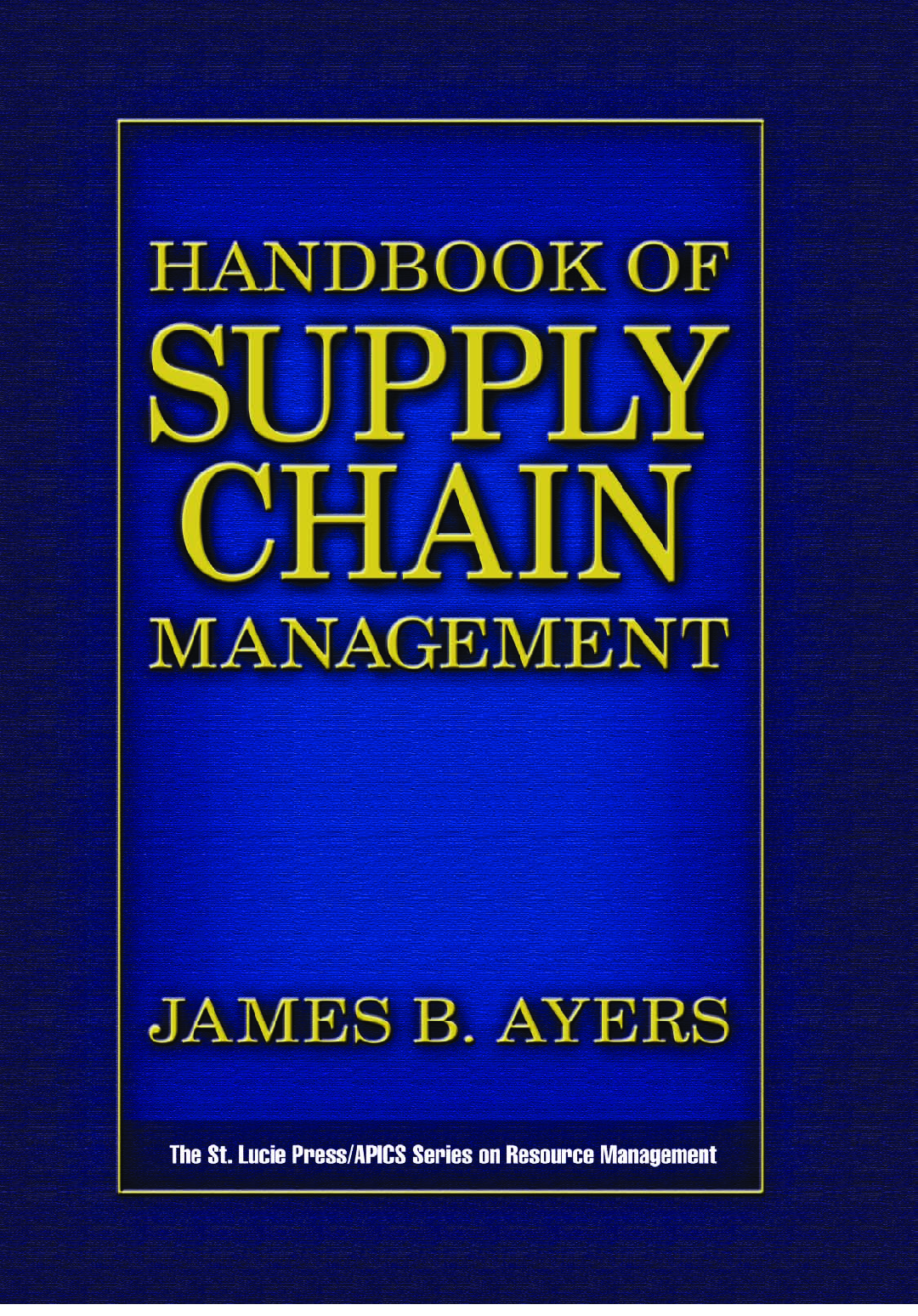
Reviews( 0 )
Document information
Connected school, study & course
About the document
Uploaded On
Nov 08, 2023
Number of pages
490
Written in
Additional information
This document has been written for:
Uploaded
Nov 08, 2023
Downloads
0
Views
26


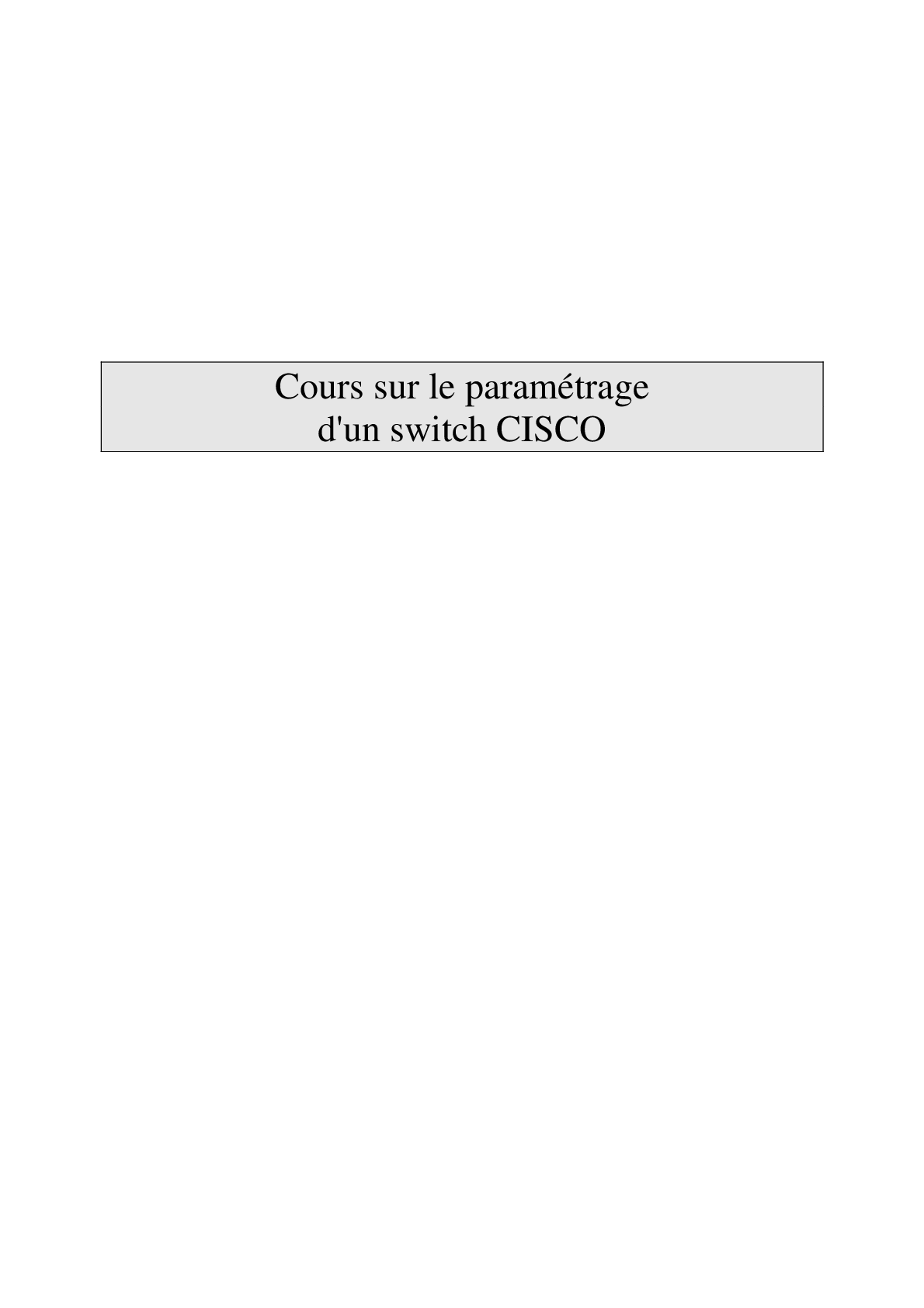
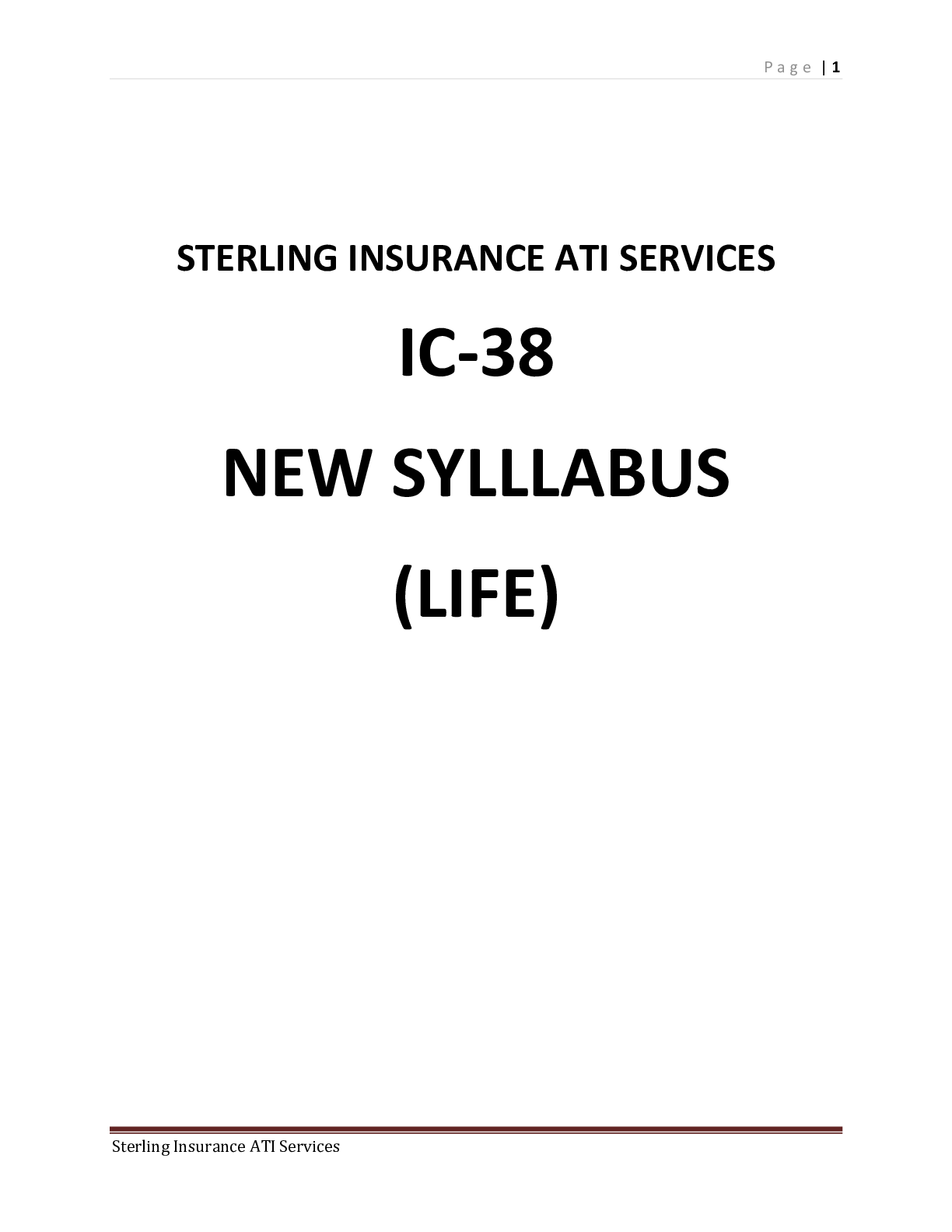

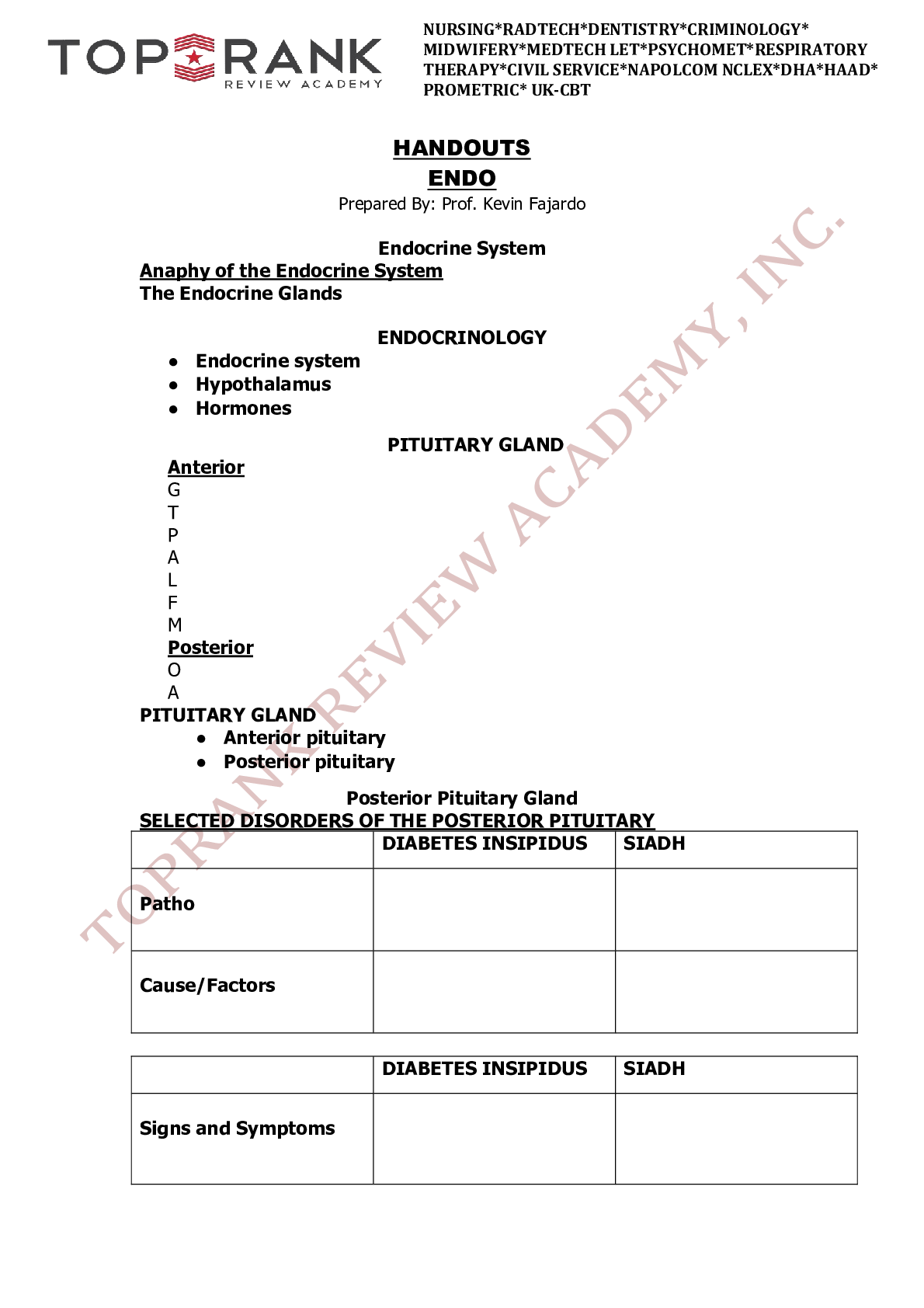

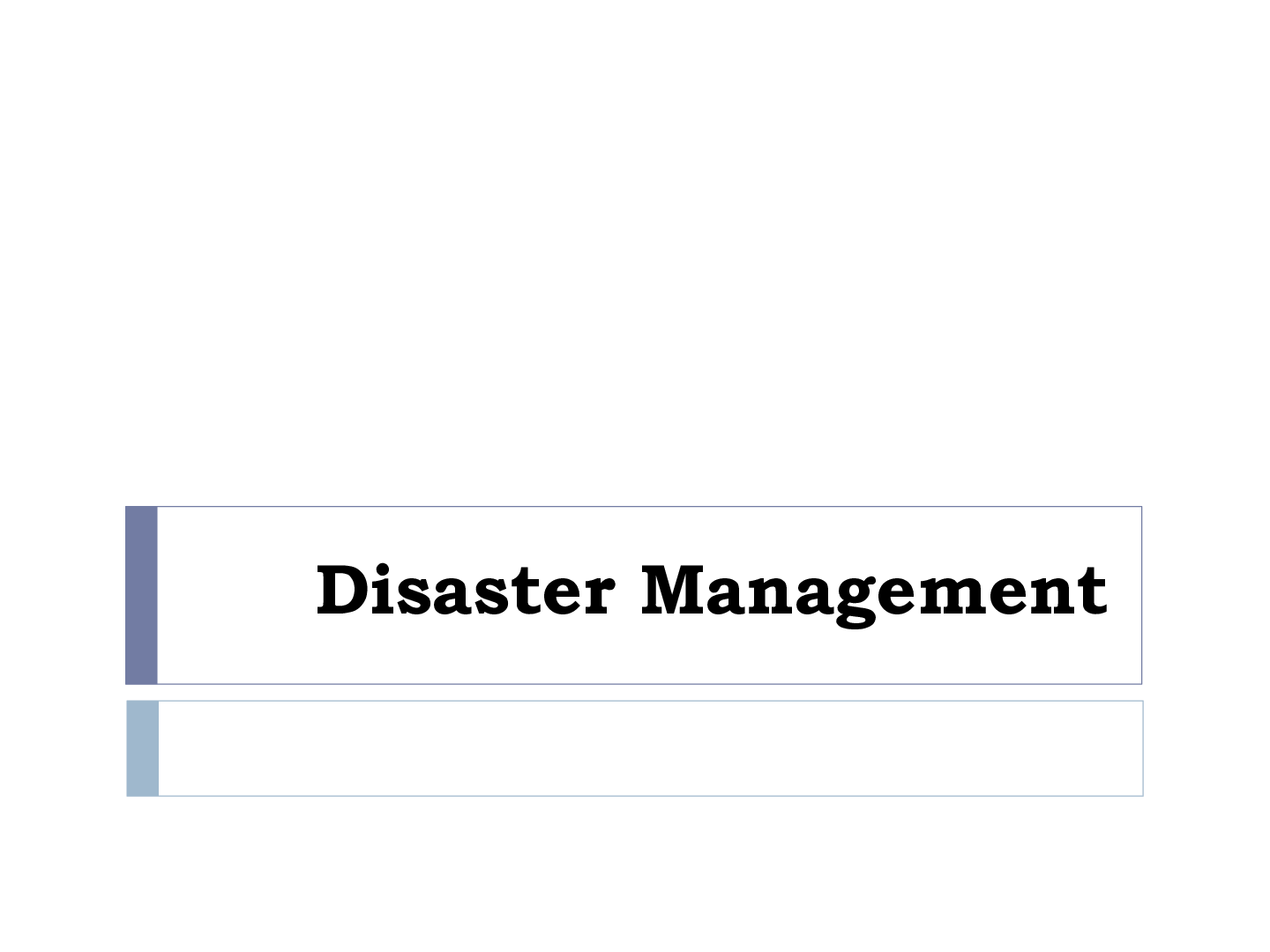
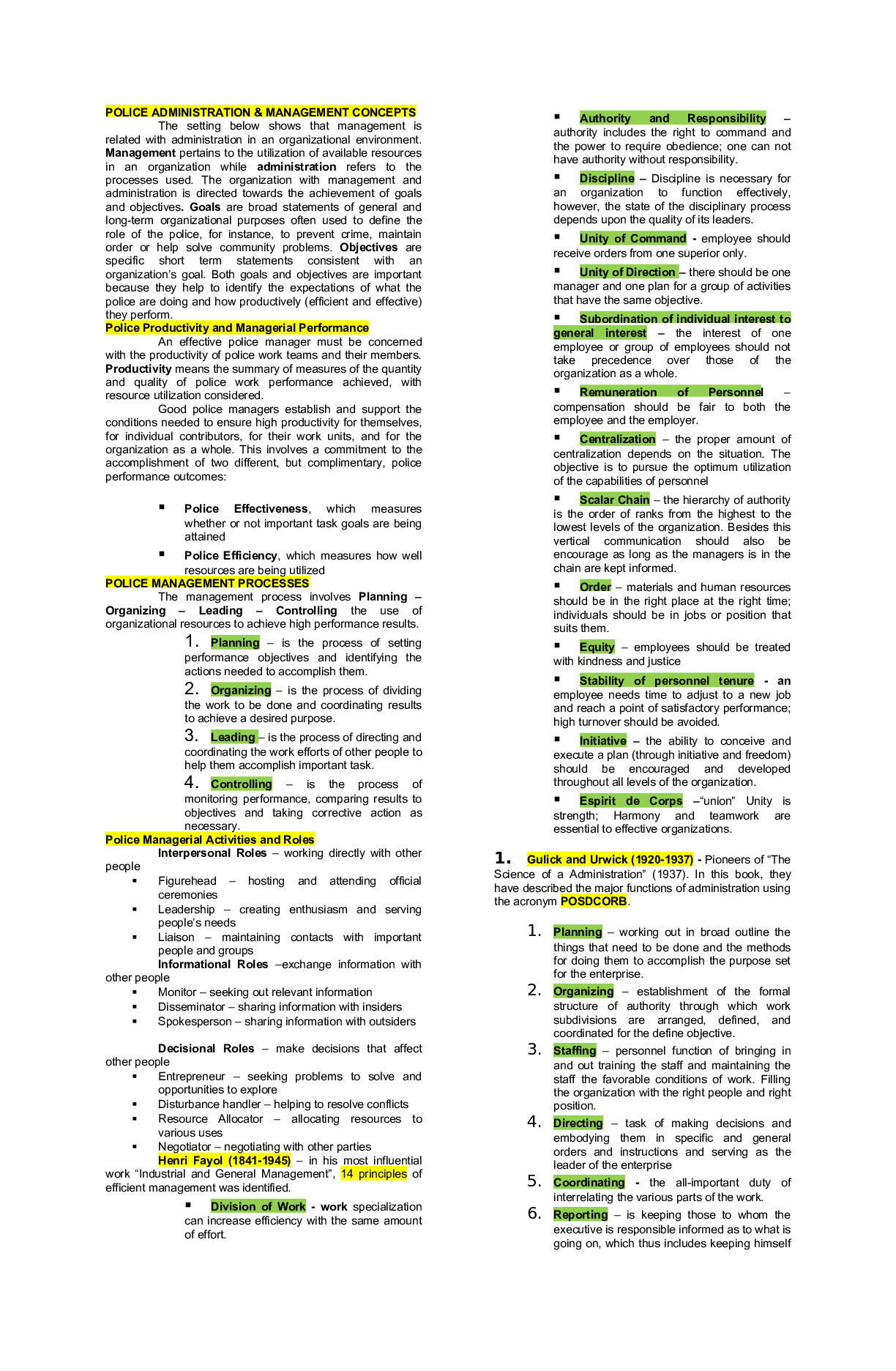


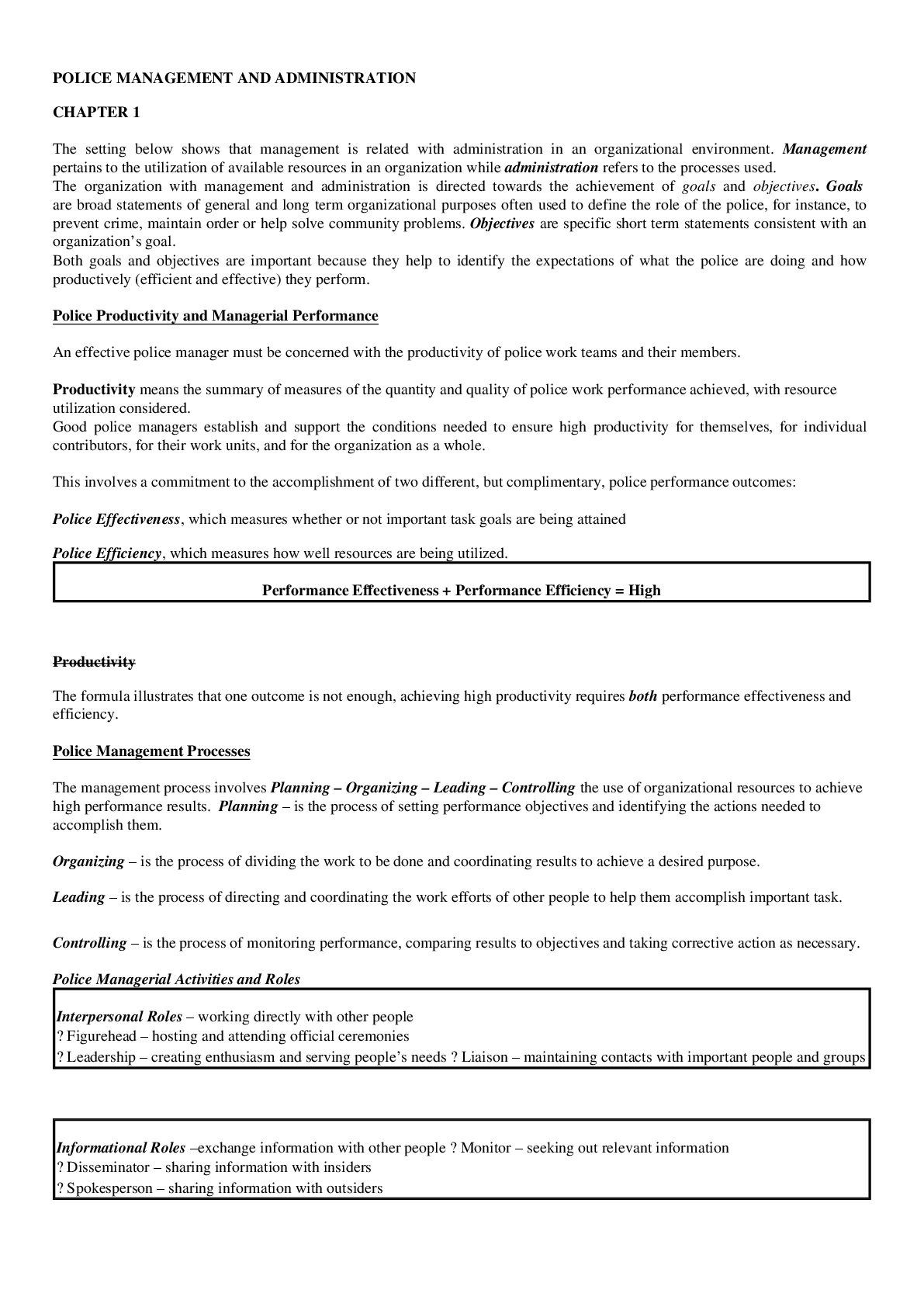
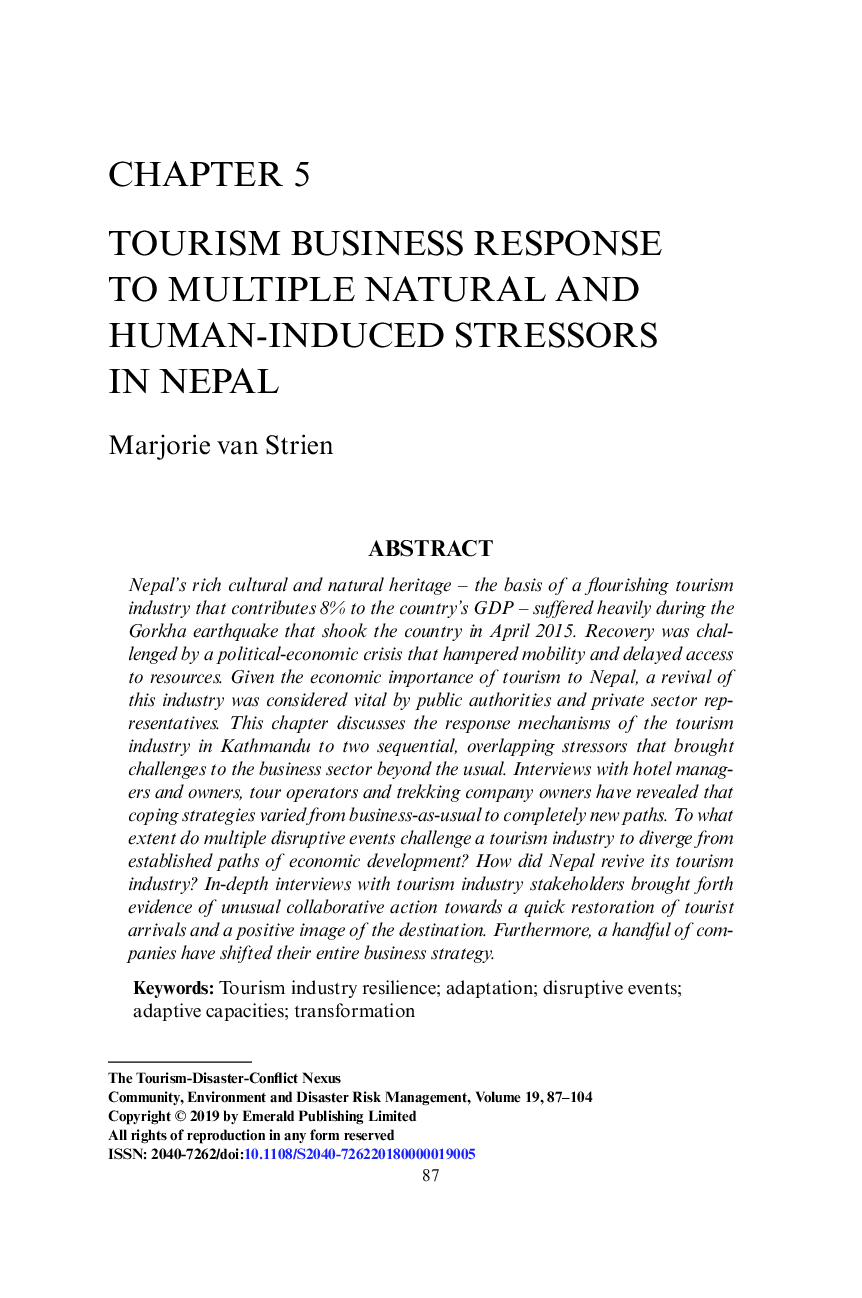

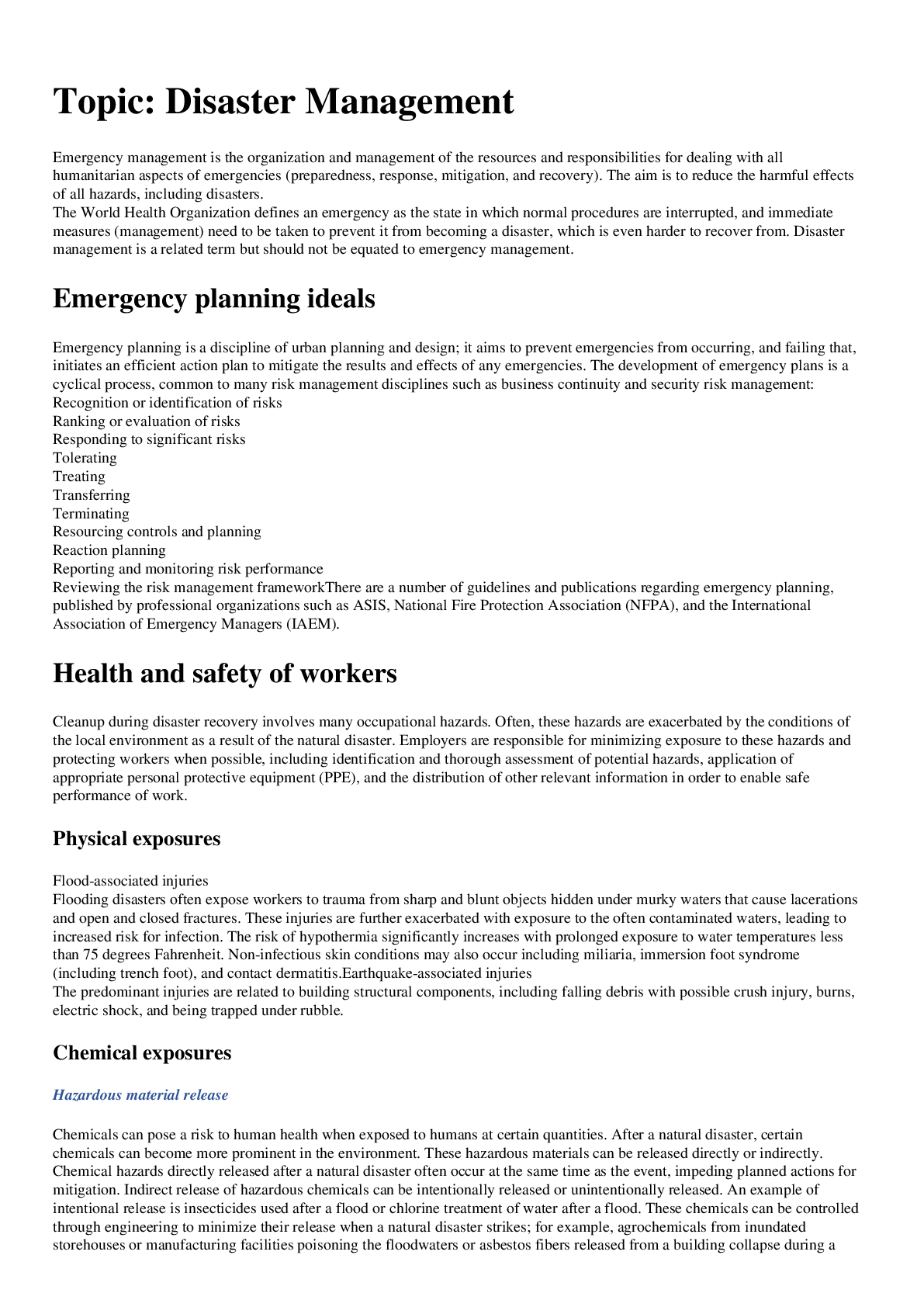

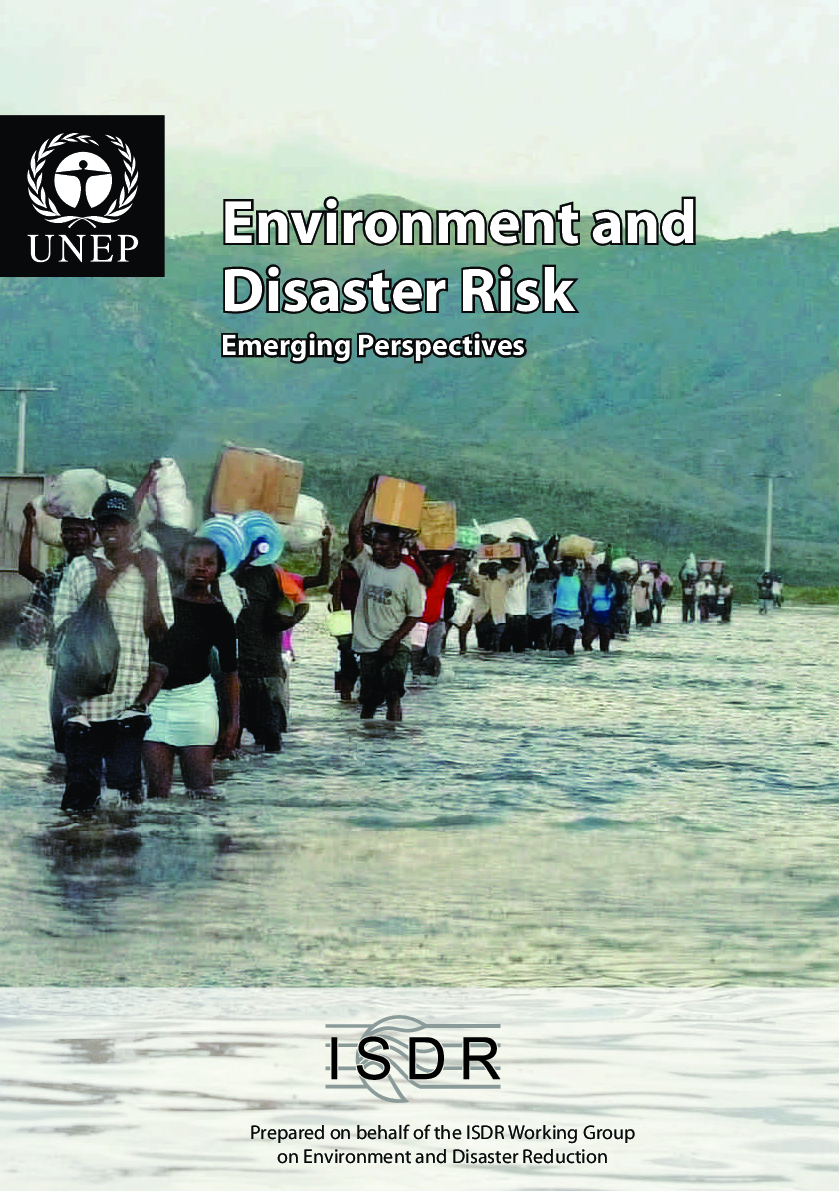
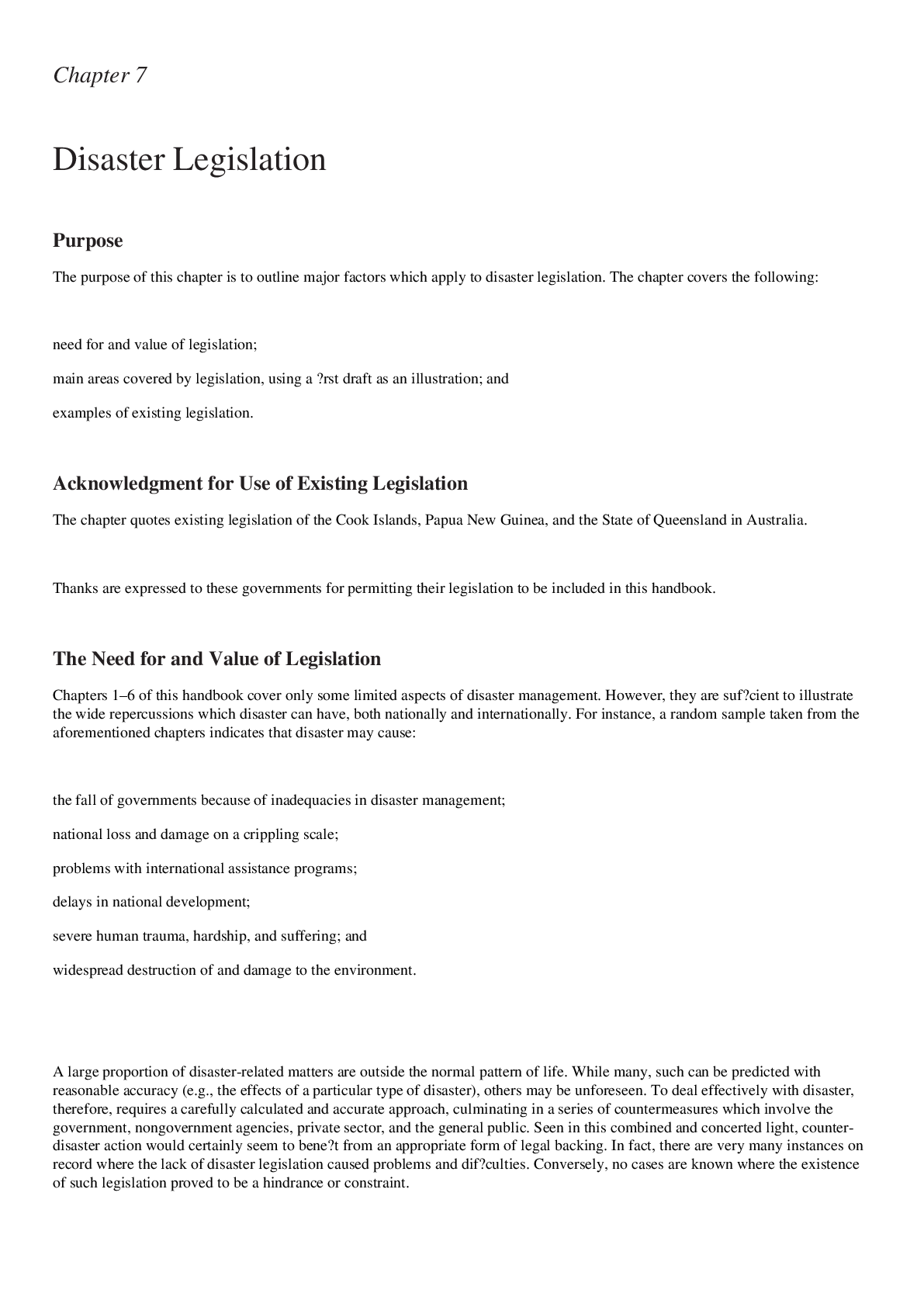
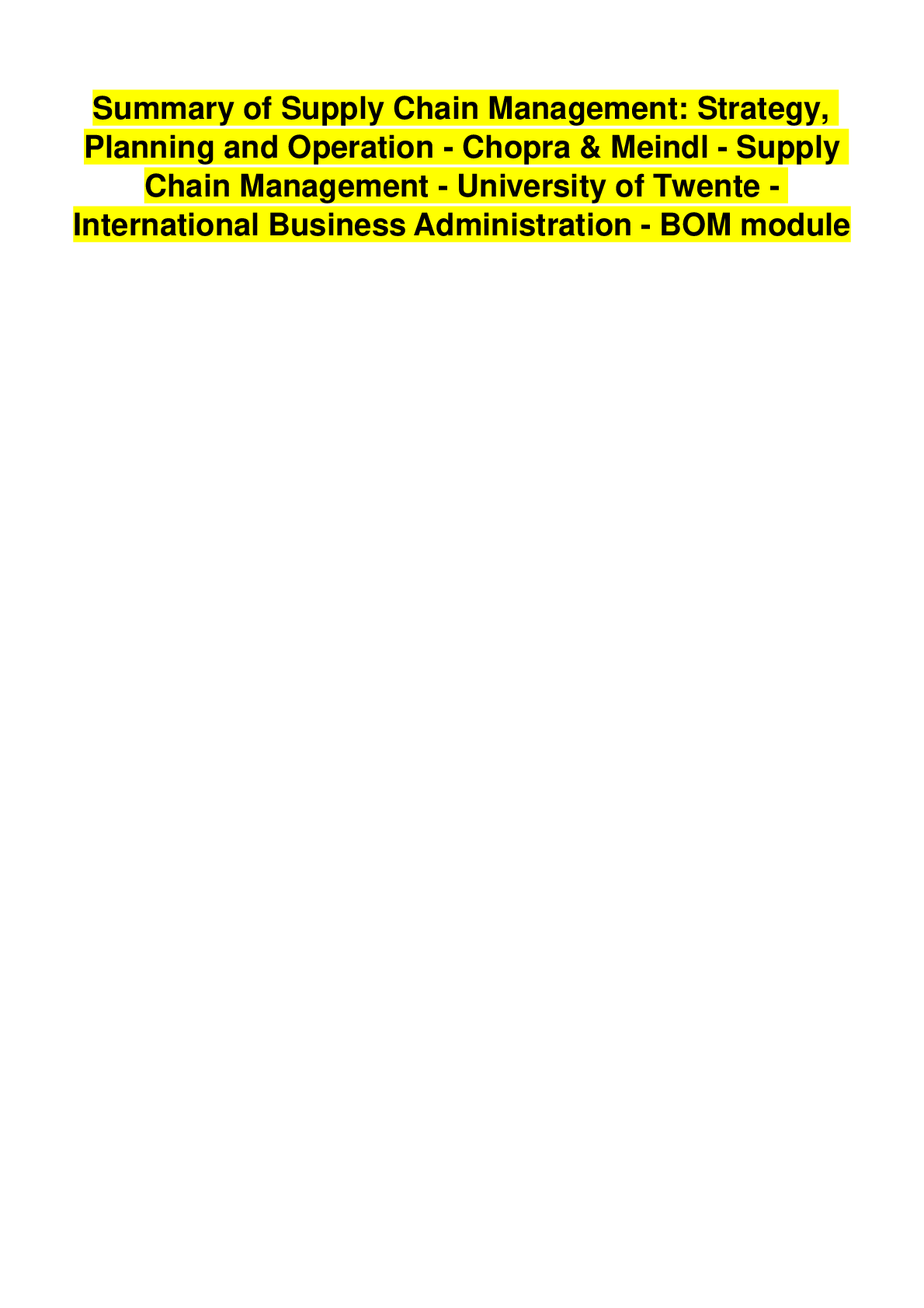
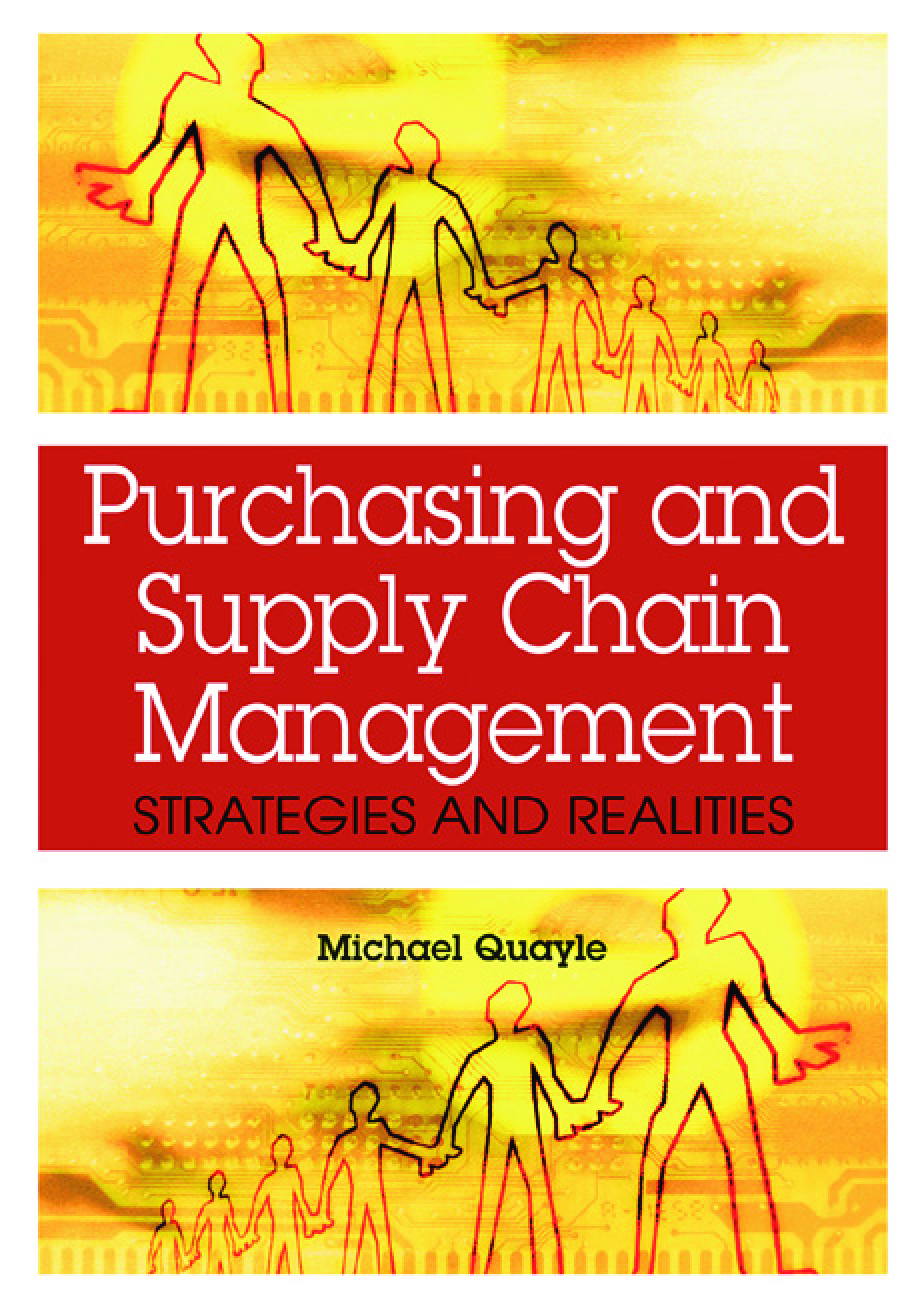


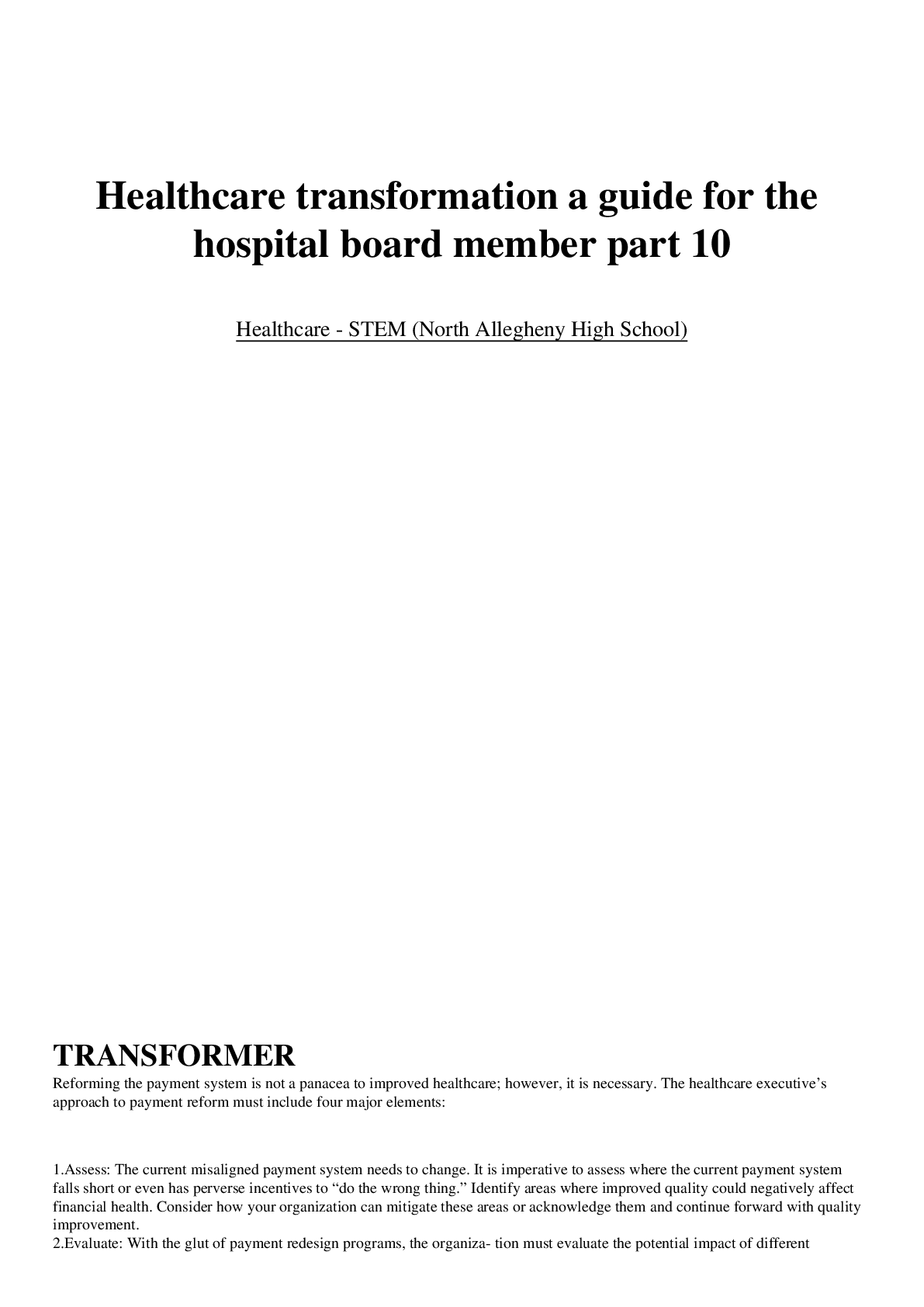

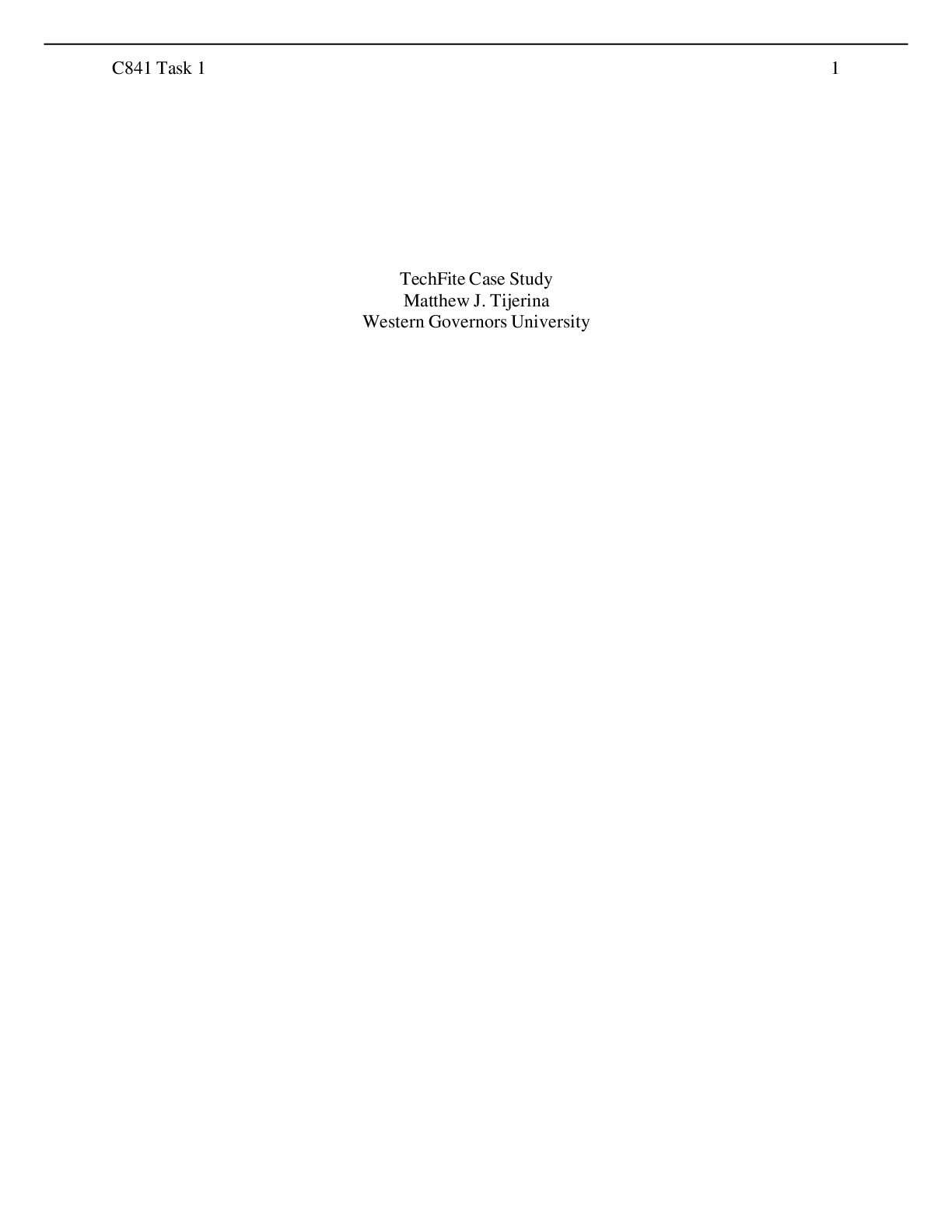
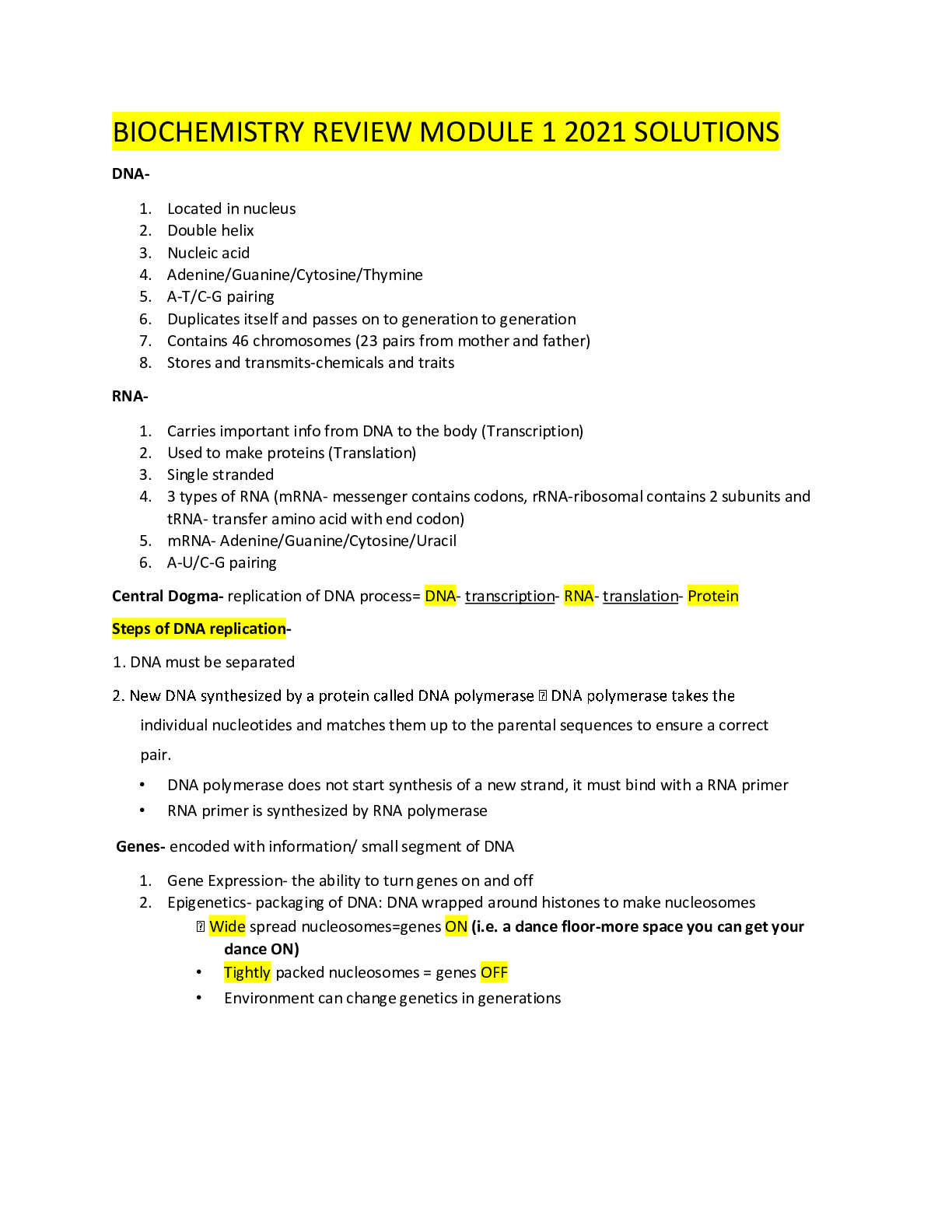
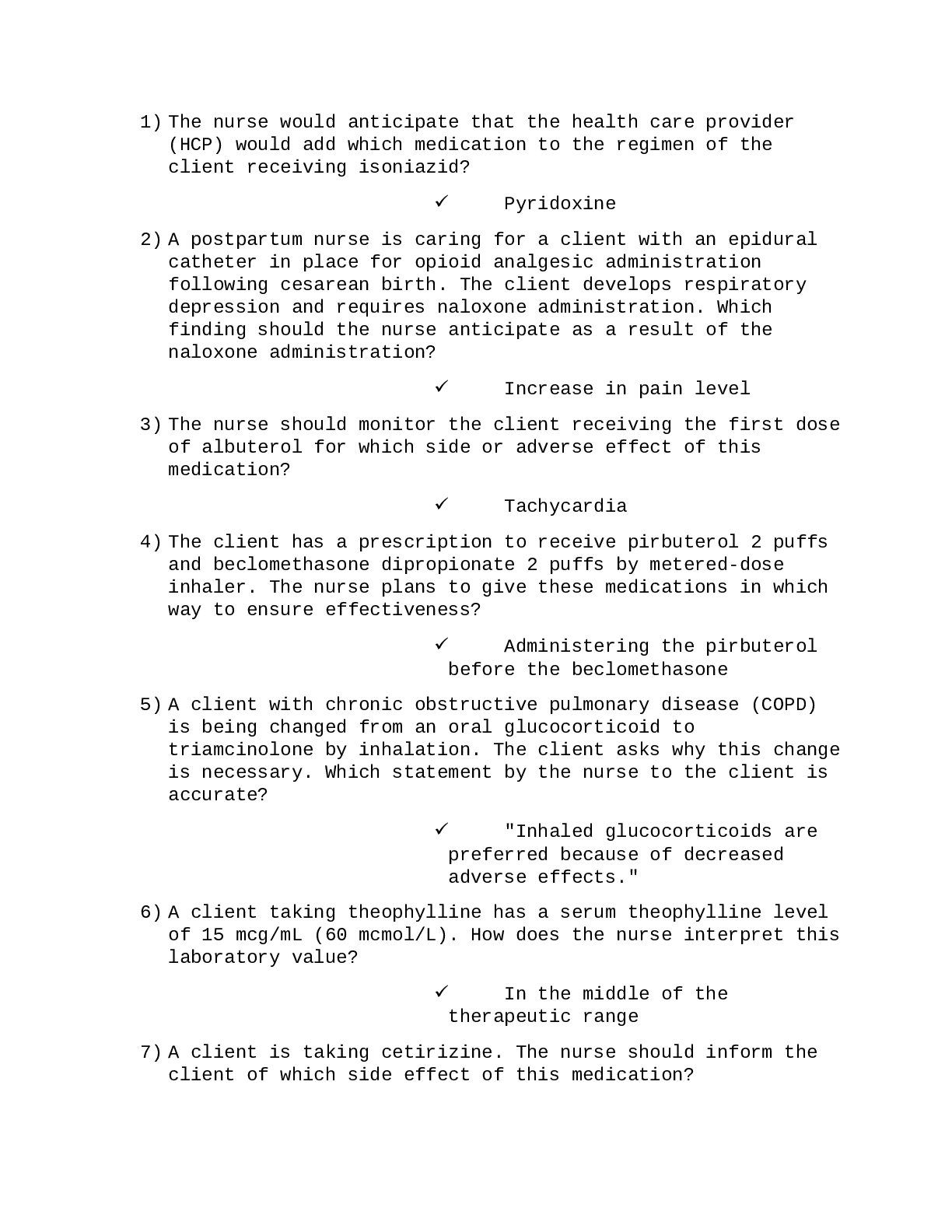
NSG110 AMERICANS RATE NURSES HIGHEST ON HONESTY, ETHICAL STANDARDS.png)


